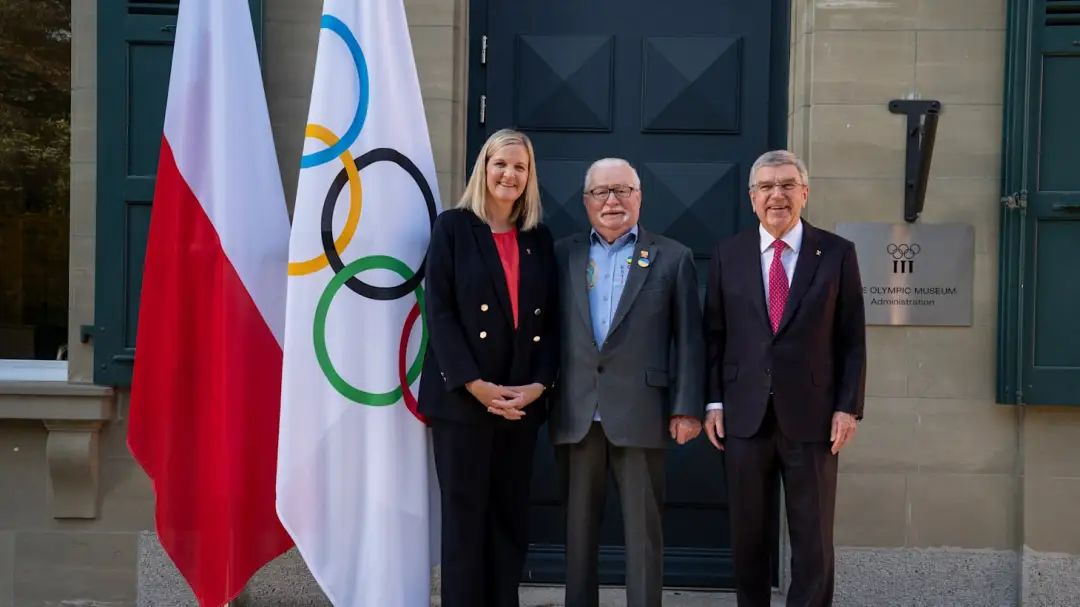The agreements represent a strategic pivot in the U.S. government’s AI agenda, deepening partnerships between leading tech firms and defense agencies in high-stakes applications. This follows President Trump’s reversal of the Biden administration’s 2023 regulatory framework, which had imposed strict safety protocols on AI development. By rolling back these restrictions, the Trump administration seeks to fast-track AI integration into federal operations while maintaining technological dominance over geopolitical rivals .
Notably, xAI has launched its "Grok for Government" initiative, integrating its latest Grok 4 model into federal, state, and intelligence systems. This tailored offering highlights the industry’s responsiveness to defense needs, enabling real-time data processing and predictive analytics for mission-critical scenarios. The collaboration underscores a broader trend where commercial AI innovations are increasingly repurposed for national security .
However, the centralized awarding of contracts has raised concerns about competition fairness. In May 2025, senators called for greater transparency in DoD’s AI procurement processes, warning against potential "oligopolization" of the sector. Critics argue that concentrating contracts among a few tech giants could stifle innovation and limit access for smaller firms, despite the DoD’s claim that 200+ companies .
The contracts reflect a delicate balance between leveraging cutting-edge technology and safeguarding national interests. While the DoD emphasizes the necessity of private-sector expertise to counter evolving threats, the lack of competitive bidding mechanisms risks undermining public trust in government procurement. As AI reshapes global security dynamics, the U.S. must navigate these tensions to ensure both technological superiority and ethical accountability.








